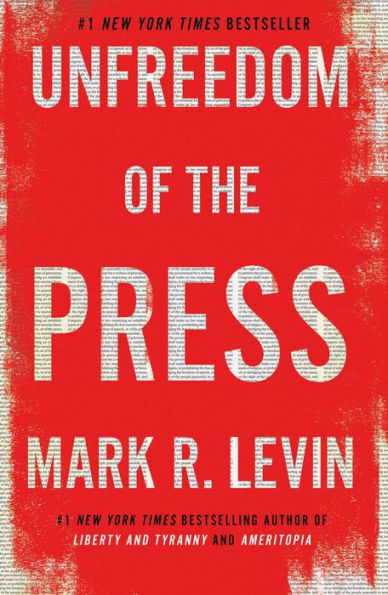Thanks, Harry, because you exercised the “nuclear option” in 2013, ending the requirement that judges had to be confirmed by at least 60 senators instead of a simple majority, President Donald Trump has secured the appointments of about twice as many federal judges as each of his three predecessors — and most of them have been conservatives sworn to protect the fundamental liberties spelled out in the Constitution.
Of the 50 circuit court judges nominated by Trump and confirmed by the Senate, only 17 managed to garner the previously mandated 60 Senate votes. Among those was former Nevada Solicitor General Lawrence VanDyke, who was confirmed by a vote of 51-44 with both of Nevada’s Democratic senators choosing politics over principles and voting “nay.”
In November 2013, then-Democratic Senate Majority Leader Harry Reid of Nevada exercised the nuclear option, calling for changing the Senate rules by a simple majority vote. It passed, 52-48 with three Democrats voting against changing the rules.
President Barack Obama praised the action saying Republicans were blocking his nominees based on politics alone, not on the merits of the nominee, according to a Politico account at the time.
Then-Republican Senate Minority Leader Mitch McConnell of Kentucky tried to recess the Senate for the day to block the vote. “The solution to this problem is an election,” he said. “The solution to this problem is at the ballot box. We look forward to having a great election on 2014.”
Republicans regained the majority in the Senate in 2014. In 2017, now-Majority Leader McConnell further changed the rules to allow confirmation of Supreme Court justices by a simple majority. Neil Gorsuch was confirmed by a 54-45 vote, and Brett Kavanaugh by 50-48.
In addition, the Senate has confirmed 133 of Trump’s federal district court nominees. While most of those garnered more than 60 recorded votes, many were confirmed by a voice vote.
In an editorial praising the caliber of the Trump judicial nominees, The Wall Street Journal noted, “The Trump-McConnell judiciary may be Harry’s finest achievement.”
The editorial noted that when Trump took office, Democratic appointees made up a majority on nine of the 13 circuit courts. Trump’s 2019 appointments flipped the majorities in the 2nd, 3rd and 11th Circuit Courts, meaning seven circuits now have a majority of Republican appointees.
In addition, the longtime uber-liberal 9th Circuit Court of Appeals, to which VanDyke was appointed, now consists of 16 Democratic appointees and 13 Republican appointees. “Expect fewer headlines featuring nationwide injunctions out of San Francisco,” the editorial opined.
The Journal editorial predicts, “The new wave of conservative judges is more likely to protect such core liberties as religious freedom, political speech and assembly, gun and property rights. Many will also be more alert to violations of the Constitution’s separation of powers, including regulatory abuses. Yet there are varying opinions on criminal law, executive authority, and the scope of judicial restraint, among other issues.”
Reid is nothing if not consistent. In a recent op-ed in The Salt Lake Tribune, Reid complained, “Senate Republicans have hijacked our Supreme Court. They stole a seat that should have been filled by President Obama in 2016 and they rushed to confirm Brett Kavanaugh last year despite ample evidence that he lied to Congress. The result is the Supreme Court is now a ticking time bomb, set to blow up any meaningful progressive reforms for decades to come.”
He concedes his own role in the outcome, saying, “Changing the rules to confirm Obama’s highly qualified judges was the right and necessary thing to do. If we had not done it, Donald Trump would have inherited more judicial vacancies than he already did, and then even more of his right-wing ideologues would be on the bench today eviscerating rights Americans have long held dear.”
Like the Second Amendment right to gun ownership? Or the First Amendment rights of free speech and exercise of religion? The rights delineated in the Fourth, Fifth and Sixth amendments?
A recent Washington Examiner editorial also notes what Reid has unintentionally wrought and concludes, “During his run for the presidency, Trump regularly and energetically promised to make a priority of putting well-credentialed conservatives of excellent character and scholarship on the federal bench. It is a promise he has kept, much to his credit and for the country’s greater good.”
A version of this column appeared this week in many of the Battle Born Media newspapers — The Ely Times, the Mesquite Local News, the Mineral County Independent-News, the Eureka Sentinel and the Lincoln County Record — and the Elko Daily Free Press.










